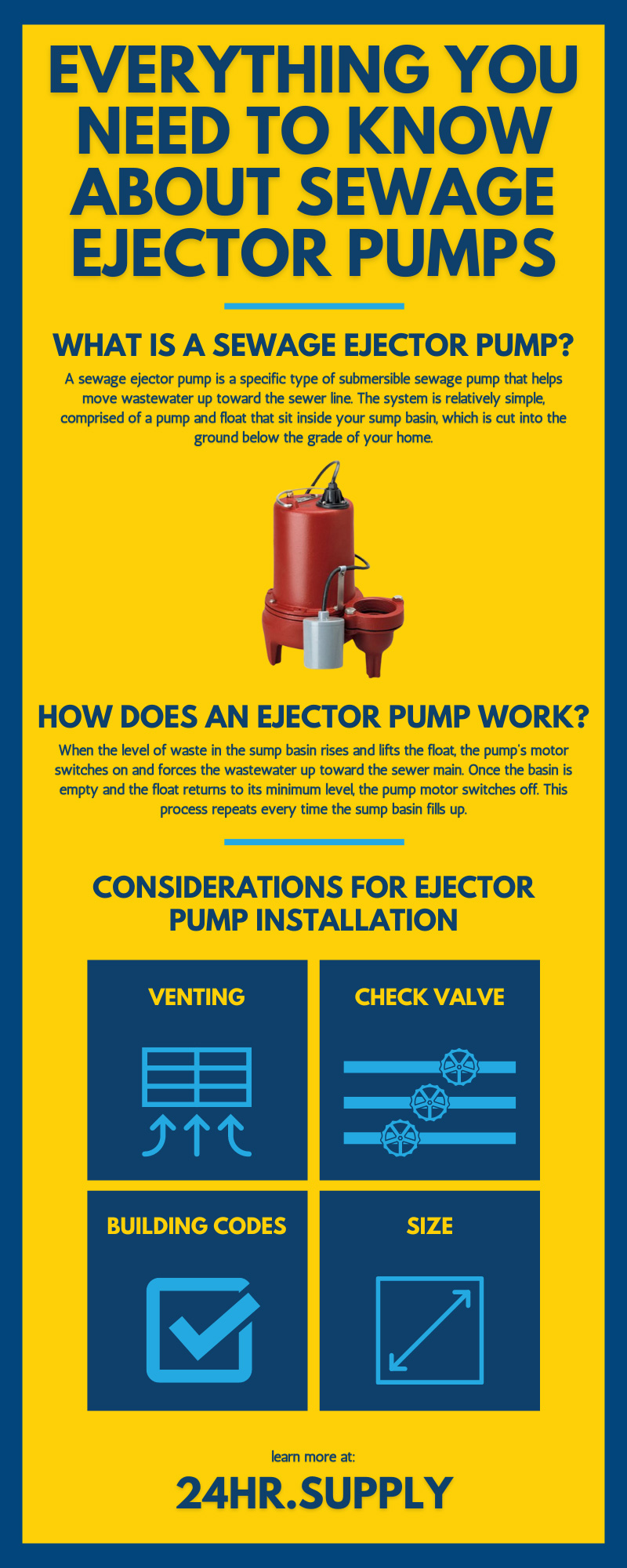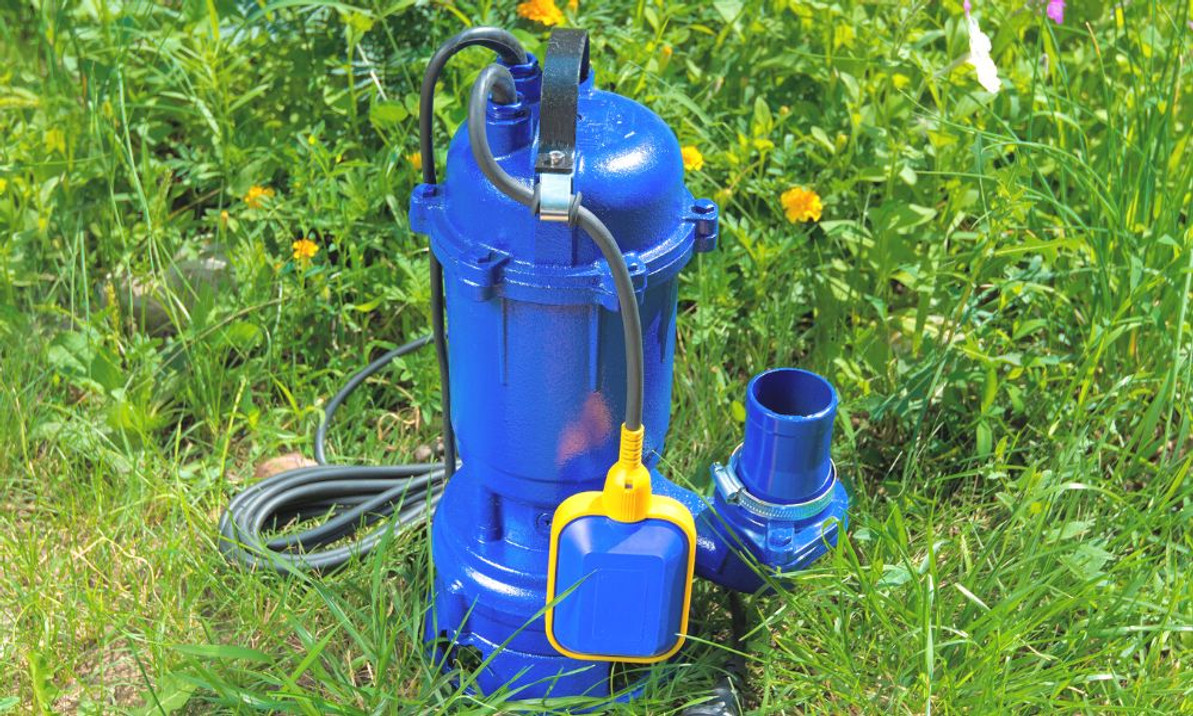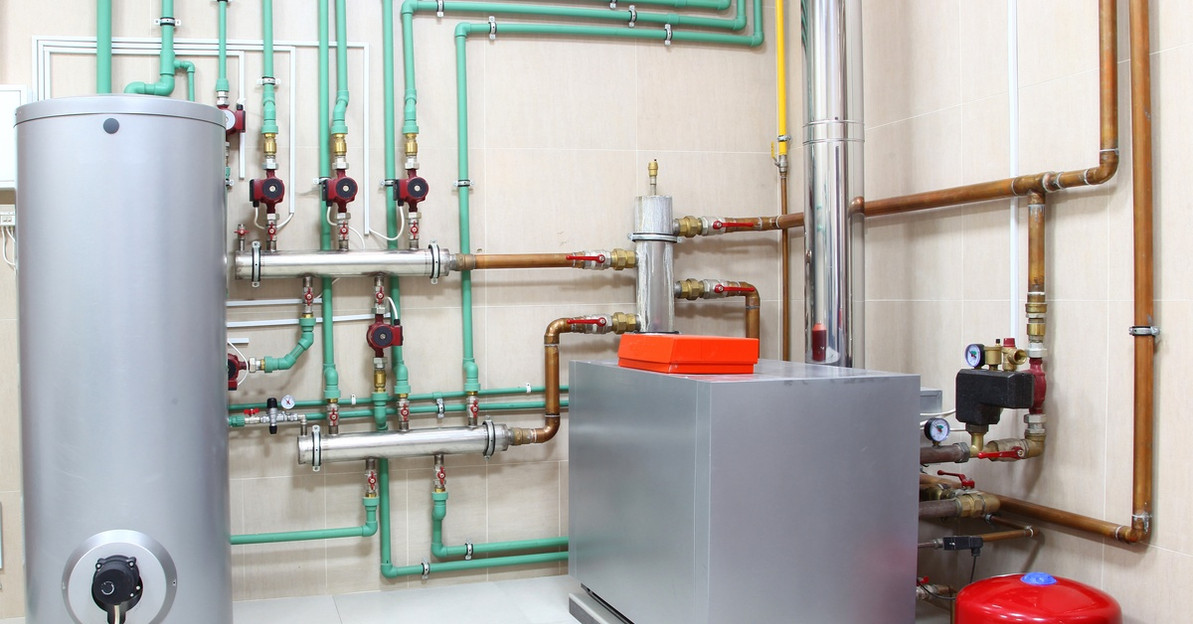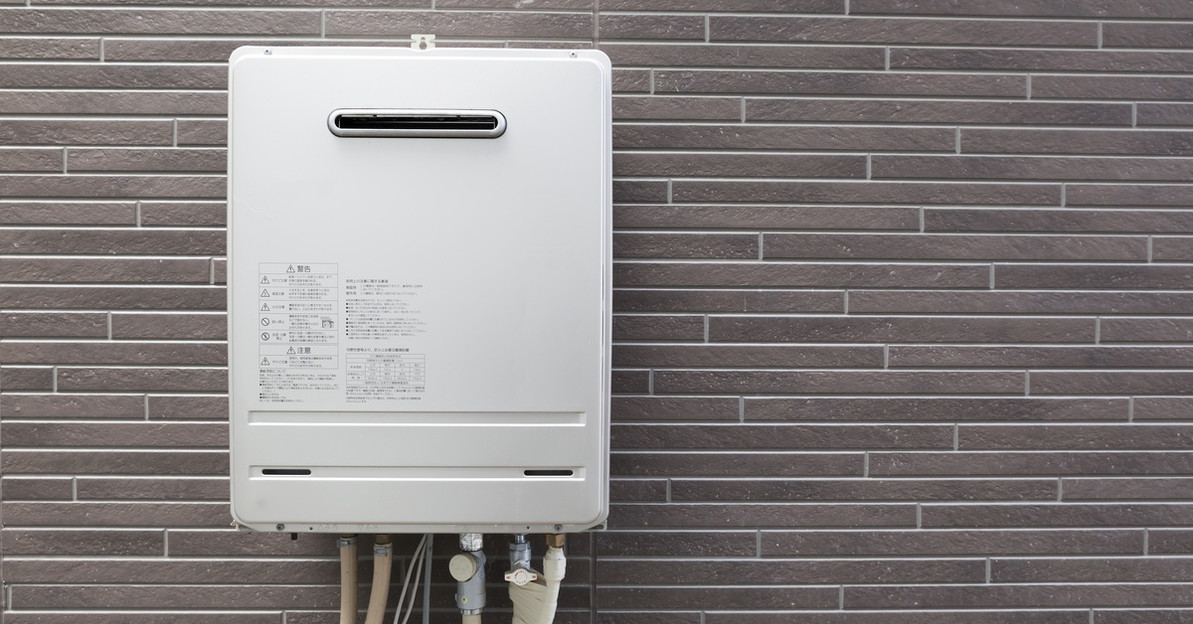Everything You Need To Know About Sewage Ejector Pumps
What is a sewage ejector pump, and how does it differ from other types of sewage pumps? How do you know if your home needs an ejector pump?
Many sewage systems rely partially on gravity to move liquid and solid waste from the plumbing system to the main sewer line. However, if your home or commercial building has bathrooms or laundry facilities on the basement level, gravity can’t do the job by itself.
24hr Supply has compiled a helpful guide containing everything you need to know about sewage ejector pump systems. Use your newfound knowledge to decide whether an ejector pump is right for your plumbing needs.
What Is a Sewage Ejector Pump?
A sewage ejector pump is a specific type of submersible sewage pump that helps move wastewater up toward the sewer line. The system is relatively simple, comprised of a pump and float that sit inside your sump basin, which is cut into the ground below the grade of your home.
How Does an Ejector Pump Work?
As you and the other residents of your home or building use plumbing fixtures throughout the day, wastewater flows down into the sump basin. This step is easy because the drain lines are angled downward to take advantage of gravity. An average-sized sump basin for a single-family home holds between 30 and 40 gallons of wastewater.
When the level of waste in the sump basin rises and lifts the float, the pump’s motor switches on and forces the wastewater up toward the sewer main. Once the basin is empty and the float returns to its minimum level, the pump motor switches off. This process repeats every time the sump basin fills up.
Do I Need an Ejector Pump?
Ejector pumps are most commonly installed in homes and commercial buildings that have plumbing needs, like bathrooms or laundry facilities, on the basement level. Because fixtures in the basement sit below the sewer line, they can’t rely on gravity to move waste products toward that sewer line.
That’s where the ejector pump comes in. The motor works to push liquid and solid waste up out of the sump basin and into the main sewer line.
Pro Tip:
If you live in a rural area and your home uses a septic drain field system, you’ll need to install an ejector pump. Otherwise, you risk stubborn clogs in your basement pipes.
What if I Don’t Install an Ejector Pump?
If you do have laundry machines or bathrooms in your basement and opt not to install an ejector pump, you risk your pipes getting clogged with backed-up waste. Without the help of a sewage ejector pump, your basement-level bathrooms may become congested with solids, resulting in messy overflow.
Not only will your drain pipes clog, but unpleasant-smelling sewer gases could begin to seep up through your drains. And if there are issues with the whole neighborhood’s sewage system, you may end up with your neighbors’ wastewater leaking into your home.
Considerations for Ejector Pump Installation
If you do have plumbing needs in your basement, installing an ejector pump will help fulfill those needs. What do you need to think about when planning that installation?
Size
How big is your home or building? How much water flows through your plumbing lines every day?
An average-sized home with average plumbing needs will do well with a standard ejector pump kit. Standard ejector pumps have a capacity of 30 to 40 gallons of wastewater, pushed out with a 1/2 to 3/4 horsepower motor. If you have a larger home, or if you’re installing the ejector pump in a bigger building like an apartment complex, talk to a plumbing expert about larger pump options.
Venting
For your ejector pump to work properly with sufficient pressure, you’ll need to install a vent. The vent works to equalize pressure inside the pump while it’s funneling wastewater toward your sewer line. A high-quality vent also helps unpleasant sewer gases escape.
An ejector pump vent typically starts at the sump basin, running up and connecting to a new or existing vent stack on the roof.
Check Valve
The check valve is a relatively small yet imperative element of a functioning ejector pump. Look for this valve on the outlet pipe that leads to your sewer main.
The purpose of the check valve is to prevent wastewater from running back into your sump basin after the pump has pushed it away. It also keeps your basin from smelling of sewer gas.
Building Codes
If you plan to do any work with your sewage system, you’ll need to check with your local building department to ensure your work will be up to code. Depending on your municipal regulations, you may even need to secure a permit before starting any installation work.
Consider enlisting the assistance of a professional plumber if you’re not a plumbing expert yourself. An incorrectly installed ejector pump can do lasting damage to your sewage system as a whole.
Ejector Pumps vs. Grinder Pumps
As you shop for sewage ejector pumps, you may see some systems labeled as grinder pumps. Are they more or less interchangeable?
Not at all. Grinder pumps are significantly more powerful than ejector pumps; as the name implies, they grind up solid sewage before moving it to the sewer line. Keep in mind that grinder pumps cannot be used with septic tanks, as they grind the solid waste too finely for solids and liquids to separate.
Ejector Pumps vs. Sump Pumps
So, what’s the distinction between an ejector pump and a sump pump? Both pump systems are common in homes at lower elevations, but the difference lies in what kind of material they’re pumping.
Ejector pumps move wastewater up toward a sewer line, while sump pumps move excess groundwater. If your home doesn’t flood after heavy rainfall, you have your sump pump to thank.
Are you considering installing a sewage ejector pump in your home or commercial building? 24hr Supply aims to provide you with everything you need to know to get started. If your home or building has plumbing fixtures that sit below your sewer line, you’ll need a sturdy ejector pump to prevent clogs and backup.

Recent Posts
-
Must-Have Tools for Tackling Plumbing Clogs
Clogs are one of the most common issues professional plumbers will encounter on the job. These clogs …Dec 29th 2025 -
A Guide to Implementing Indirect Water Heating With Boilers
Choosing the right water heating method for your home or business significantly impacts energy effic …Dec 9th 2025 -
How Tankless Water Heaters Can Benefit Commercial Kitchens
A commercial kitchen operates at a fast pace and maintains very high performance standards. Every pi …Dec 3rd 2025





